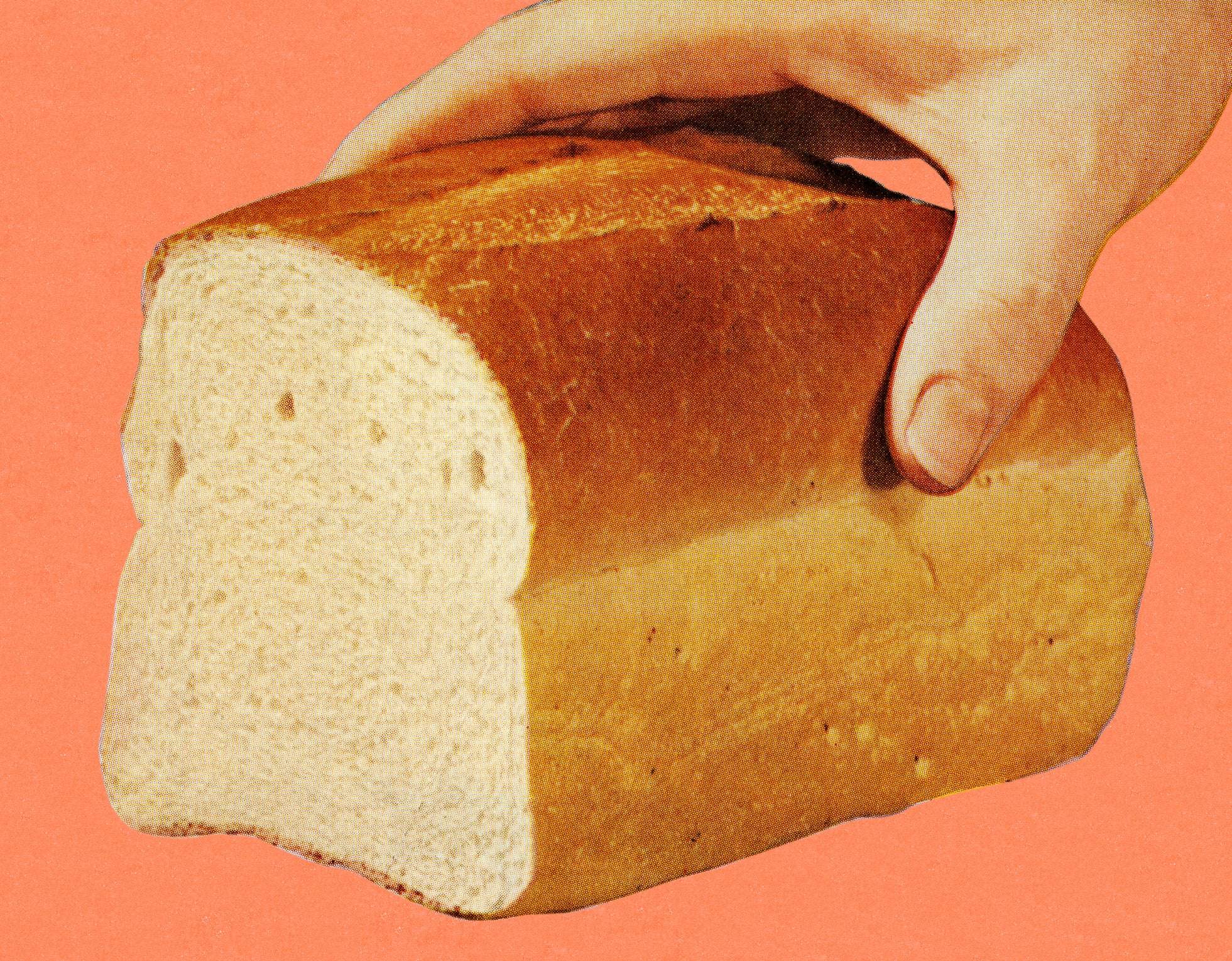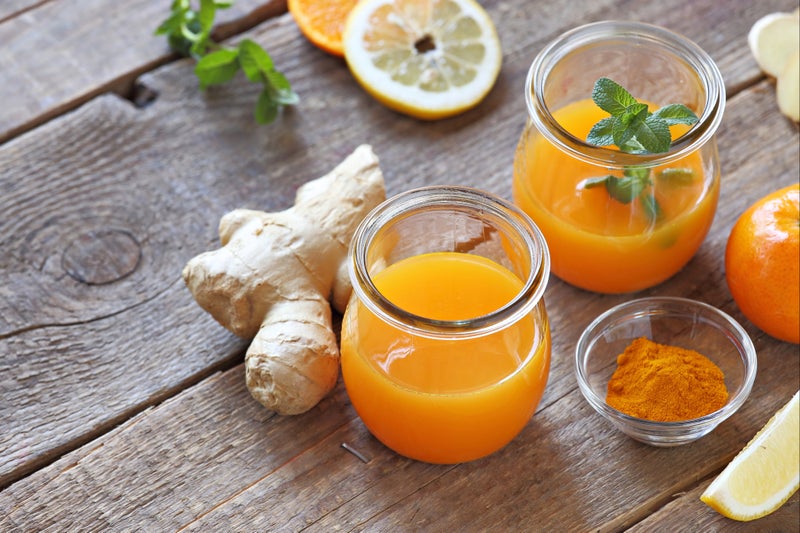Are we eating too many ultra-processed foods? Here’s how to cut back without cutting corners
Share:
Food writer and nutritionist Delicia Bale wants us to ditch the packet pasta sauces and plastic-wrapped bread – but without the guilt. Her new cookbook promises easy, affordable swaps to help you eat better, one meal at a time. It’s hard to look at a packet of Monster Munch or a chocolate biscuit now without the words “ultra-processed food” (UPF) flashing through your brain. It’s almost enough to put you off, but then you get sucked in by the nostalgia factor of Frazzles or a desperate need to dunk a Hobnob in a cup of tea….
![[Delicia Bale’s debut cookbook, ‘Unprocessed Made Easy’, is packed with practical recipes to help you swap ultra-processed staples for affordable, homemade alternatives]](https://static.independent.co.uk/2025/01/08/09/08084209-e99f7760-240b-4d3e-bc7d-aea26de35334.jpg)
Or maybe not. If you’ve read Ultra-Processed People by TV doctor Chris van Tulleken, you might already be religiously checking the labels on your favourite snacks, pasta sauces, cereals, yoghurt, sausages, vegan meat alternatives and – worst of all – bread.
![[Bale is on a mission to make reducing ultra-processed foods achievable for everyone – without sacrificing taste, time or your favourite snacks]](https://static.independent.co.uk/2025/01/08/15/featureimage.jpg)
You might even be putting them back on the supermarket shelf when you realise half the ingredients are pure gobbledegook; a confusing blur of additives, emulsifiers, preservatives and flavour enhancers, none of which resemble any real ingredients you could buy individually.
UPFs “are industrially processed foods and contain ingredients that aren’t typically used in home kitchens,” explains food writer and registered nutritionist Delicia Bale. “They’re also normally high in calories, fat, saturated fat, sugar, salt and low in fibre and micronutrients. In research, they have been described as ‘hyper palatable’ – they’re designed to be over-consumed.”.






















